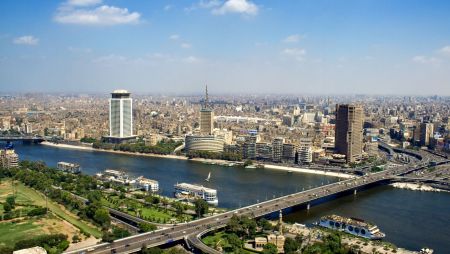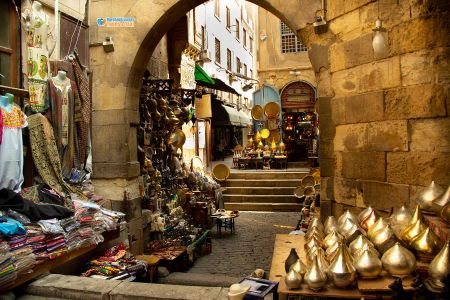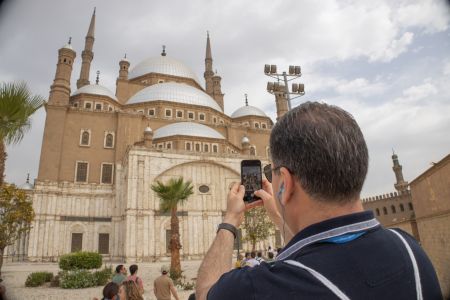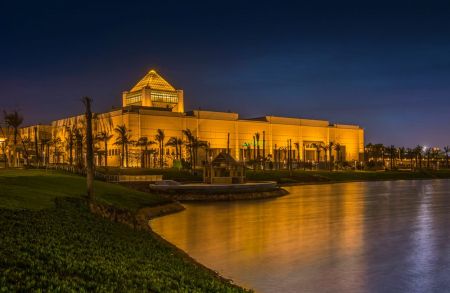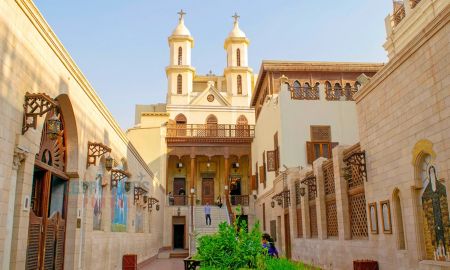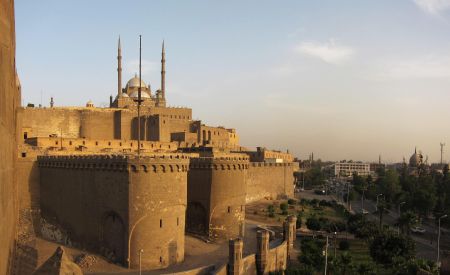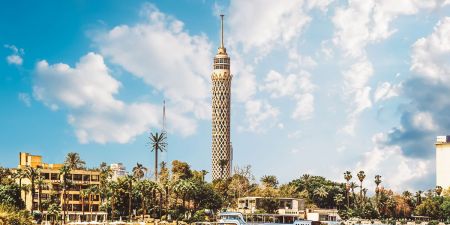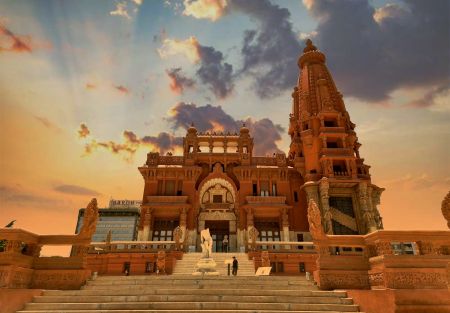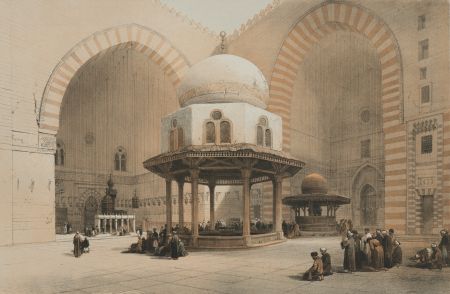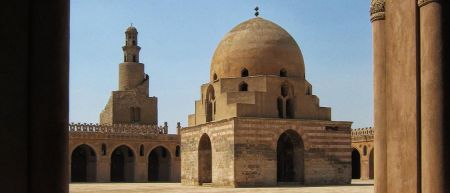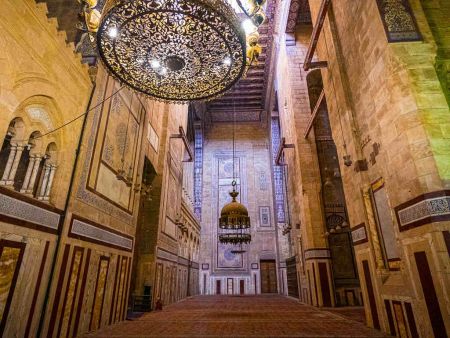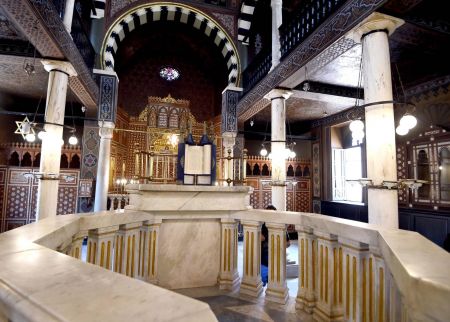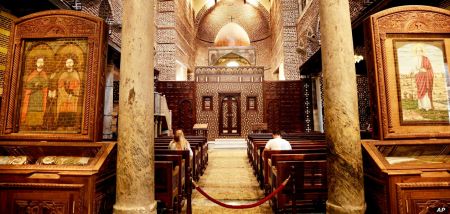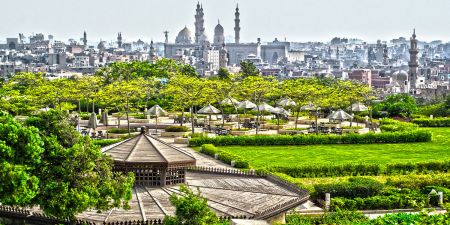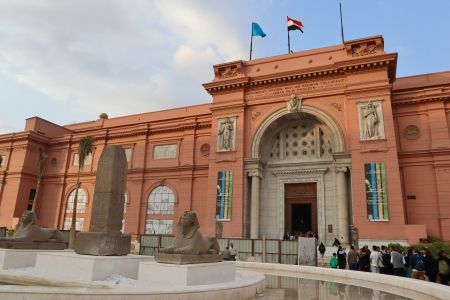The Nile River: Lifeblood of Egypt and Africa's Eternal Pulse

The Timeless Majesty of the Nile River
Flowing through the heart of northeastern Africa, the Nile River has shaped civilizations, sustained empires, and inspired myths for thousands of years. As the world’s longest river, stretching over 6,650 kilometers (4,130 miles), the Nile winds its way through eleven countries—Burundi, Rwanda, Uganda, Tanzania, Kenya, South Sudan, Sudan, Ethiopia, the Democratic Republic of the Congo, Eritrea, and finally Egypt—before spilling into the Mediterranean Sea. For centuries, the Nile River has been far more than a body of water. It’s been a sacred provider, an ancient trade route, a boundary marker, and a cradle of human history.
In Egypt, the Nile is life itself. Without it, the region would be little more than desert. With it, Egypt has flourished. The river brought water to barren lands, enriched the soil with annual floods, and allowed agriculture, trade, and culture to thrive. From the construction of the pyramids to the bustling riverbanks of modern Cairo, the Nile River has continuously fueled human development.
Today, the Nile still plays an essential role. It provides fresh water for drinking and irrigation, generates hydroelectric power, and supports millions with fish and agriculture. Despite modern challenges such as water disputes, pollution, and climate change, the Nile River remains a vital artery pumping life into one of the world’s most historic and fascinating regions.
The Geographical Journey of the Nile River
The Two Major Tributaries – White Nile and Blue Nile
The Nile River is formed by the confluence of two main tributaries: the White Nile and the Blue Nile. The White Nile originates from Lake Victoria in East Africa and flows northward through Uganda and South Sudan. It's known for its steady flow and year-round water volume.
On the other hand, the Blue Nile begins at Lake Tana in the Ethiopian Highlands. It brings a powerful surge of water during the rainy season, contributing around 85% of the river’s total volume during peak flow. The two merge near Khartoum, Sudan, continuing as a single, mighty Nile toward Egypt.
Course of the Nile Through Egypt
Once the Nile enters Egypt, it transforms the barren desert into a narrow green corridor teeming with life. It flows northward through cities like Aswan, Luxor, and Cairo before splitting into the Rosetta and Damietta branches in the Nile Delta. This fertile delta is one of the most agriculturally productive areas in Africa, sustaining millions with its rich alluvial soil.
Historical Significance of the Nile River
The Nile and Ancient Egyptian Civilization
The Nile River was the heartbeat of ancient Egypt. It dictated where people lived, what they grew, and how they worshipped. Every year, the river’s predictable flooding deposited nutrient-rich silt onto the banks, creating fertile farmland. This dependable cycle allowed Egyptians to develop a thriving agricultural system, feeding their growing population and supporting complex institutions.
The Nile also served as Egypt’s superhighway. Boats carried stone for pyramids, grain for trade, and people across regions. Without the Nile River, landmarks like the Pyramids of Giza, the temples of Karnak, or the Valley of the Kings would likely never have existed.
Religious and Mythological Importance
In Egyptian mythology, the Nile was more than a river—it was a divine entity. Hapi, the Nile god, was worshipped for bringing fertility and abundance. Temples were built to honor the river, and its cycles were embedded in religious festivals and royal rituals. The Nile River wasn’t just Egypt’s physical lifeline; it was its spiritual backbone.
Economic Impact of the Nile River Today
Agriculture and Irrigation
Modern Egypt still relies heavily on the Nile for agriculture. Over 90% of Egypt’s population lives along the riverbanks, using its waters for irrigation in an otherwise arid landscape. Crops such as wheat, cotton, sugarcane, and fruits are grown along the Nile, feeding not only Egypt but also contributing to the regional economy.
Fishing and Livelihoods
The Nile River supports a diverse aquatic ecosystem, especially in its delta. Thousands of fishermen depend on the river’s bounty. The fishing industry provides both employment and nutrition to countless communities along the river’s course.
Nile River and Hydropower
The Aswan High Dam, built in the 1960s, exemplifies the Nile’s role in power generation. It helps regulate floods, provides water for irrigation, and produces hydroelectricity for millions. However, it also changed the natural flooding cycle and has ecological consequences that are still debated today.
Environmental and Political Challenges
Climate Change and Water Scarcity
As global temperatures rise, the Nile River faces unprecedented challenges. Decreasing rainfall in the upstream countries and increased evaporation threaten water availability. The demand for Nile water is growing, but its supply is under increasing pressure.
Transboundary Water Disputes
The Nile Basin countries, especially Egypt, Sudan, and Ethiopia, have long contested water rights. The construction of the Grand Ethiopian Renaissance Dam (GERD) on the Blue Nile has stirred diplomatic tensions. Egypt fears it could significantly reduce its share of water, jeopardizing its agriculture and economy.
Pollution and Urbanization
Urban expansion, industrial waste, and agricultural runoff are polluting the Nile at alarming rates. In cities like Cairo, untreated sewage and chemicals seep into the water, threatening ecosystems and public health. Long-term solutions require regional cooperation and sustainable planning.
Tourism Along the Nile River
Nile River Cruises
A Nile cruise is one of Egypt’s most popular tourist experiences. Floating from Luxor to Aswan, tourists explore ancient temples, tombs, and scenic landscapes from the comfort of a riverboat. These cruises fuel the local economy and showcase the Nile River’s enduring allure.
Cultural Festivals and Riverfront Attractions
The riverbanks host vibrant markets, folk festivals, and cultural gatherings. Events like the Wafaa El-Nil festival celebrate the river’s legacy with traditional music, boat parades, and community feasts.
The Nile River in Modern Culture and Literature
Artistic and Literary Inspirations
Writers, poets, and artists have long drawn inspiration from the Nile River. From Herodotus to Agatha Christie’s “Death on the Nile,” the river has captured imaginations across time. In music and visual art, the Nile remains a powerful symbol of mystery, continuity, and life.
Future of the Nile River: Sustainability and Cooperation
Nile Basin Initiative
The Nile Basin Initiative (NBI), established in 1999, promotes equitable and sustainable use of the river’s resources. Member states collaborate on water management, environmental protection, and conflict prevention, recognizing that the Nile River must be preserved for future generations.
Green Innovation and River Conservation
Efforts are underway to implement eco-friendly irrigation, solar-powered water pumps, and improved waste treatment. Environmental NGOs and local governments are pushing for a greener Nile that can continue to support life for centuries to come.
FAQs About the Nile River
What is the length of the Nile River?
The Nile River stretches approximately 6,650 kilometers (4,130 miles), making it the longest river in the world.
Why is the Nile River important to Egypt?
The Nile River provides Egypt with freshwater, fertile soil for agriculture, hydroelectric power, and is central to its history and culture.
Which countries share the Nile River?
The Nile River flows through 11 countries: Burundi, Rwanda, Uganda, Tanzania, Kenya, South Sudan, Sudan, Ethiopia, DRC, Eritrea, and Egypt.
What are the main sources of the Nile River?
The two main sources are the White Nile from Lake Victoria and the Blue Nile from Lake Tana in Ethiopia.
What are the threats facing the Nile River today?
Major threats include climate change, pollution, overuse, urbanization, and international water disputes, especially concerning dams and infrastructure projects.
Can tourists travel on the Nile River?
Yes, Nile cruises between Luxor and Aswan are a popular way for visitors to explore Egypt’s historical and cultural treasures.
How did the Nile River influence ancient Egyptian religion?
The river was considered sacred and associated with gods like Hapi. Its life-giving floods were seen as divine gifts.
Is the Nile River navigable throughout its length?
No, some parts of the river are difficult to navigate due to cataracts, dams, and changing water levels.Final Thoughts: The Nile River’s Undying Legacy


